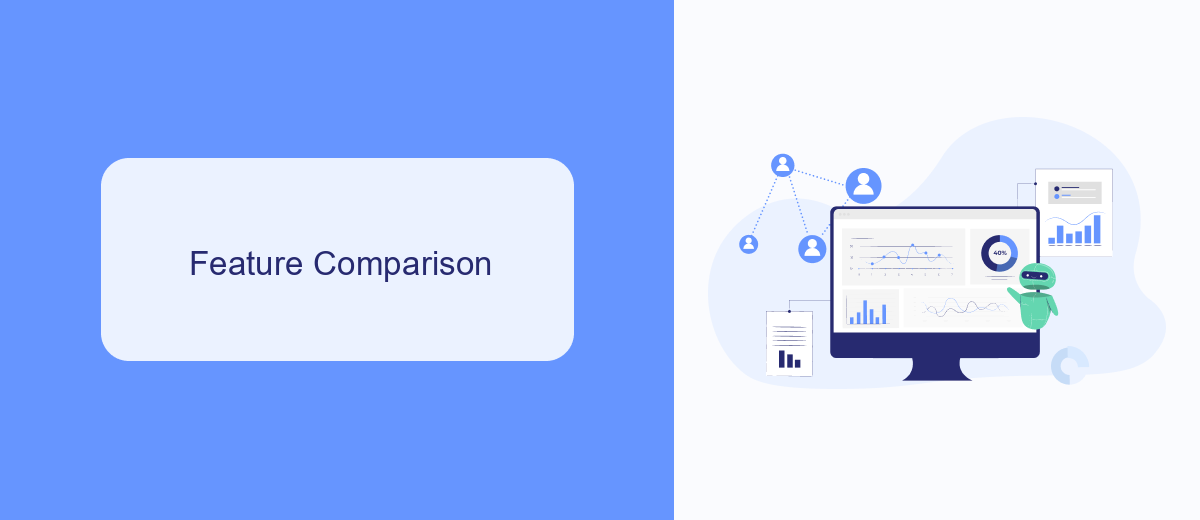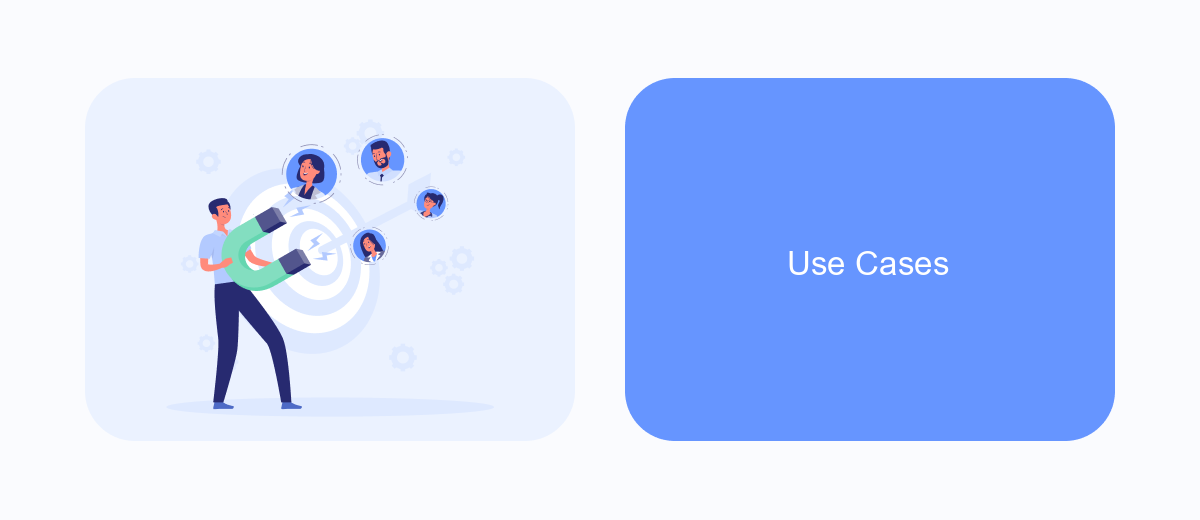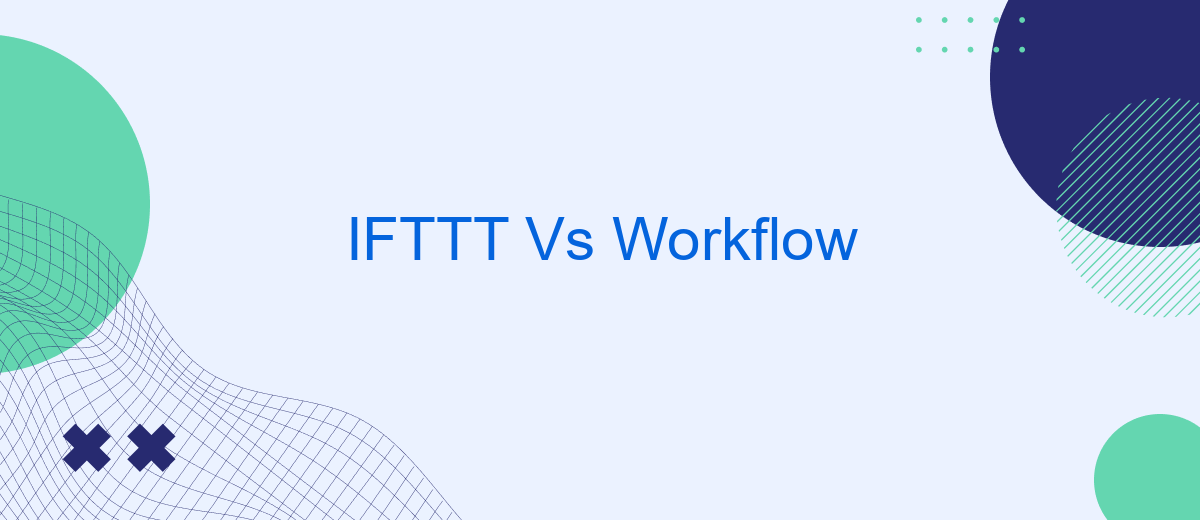In the realm of automation tools, IFTTT and Workflow stand out as two powerful contenders, each offering unique features to streamline your digital tasks. While IFTTT connects various services through simple "if this, then that" recipes, Workflow provides a more customizable approach for iOS users. This article delves into their functionalities, strengths, and potential drawbacks to help you choose the right tool for your needs.
Introduction
In today's fast-paced digital world, automating tasks and integrating various online services have become essential for enhancing productivity. Two popular tools that facilitate this are IFTTT (If This Then That) and Workflow. Both platforms offer unique features to streamline your daily routines and ensure seamless interaction between different applications.
- IFTTT: Focuses on creating simple conditional statements called "applets" to connect different services.
- Workflow: Now part of Apple's Shortcuts, it allows for more complex automation on iOS devices.
- SaveMyLeads: A service that specializes in automating lead management by integrating various CRM and marketing tools.
Choosing between IFTTT and Workflow depends on your specific needs and the ecosystem you are already invested in. While IFTTT excels in its simplicity and broad service support, Workflow offers deeper integration for iOS users. Additionally, services like SaveMyLeads can complement these tools by providing specialized automation for lead management, making your overall workflow even more efficient.
Feature Comparison

When comparing IFTTT and Workflow, it's essential to consider their feature sets. IFTTT (If This Then That) focuses on simplicity and ease of use, allowing users to create basic automation recipes with a straightforward interface. It supports a wide range of services and devices, making it a versatile tool for everyday tasks. Workflow, on the other hand, offers more advanced capabilities, enabling users to create complex automation sequences with multiple steps and conditions. This makes Workflow ideal for power users who need more granular control over their automation processes.
Both platforms offer integration with numerous third-party services, but their approaches differ. IFTTT relies on pre-built applets that users can activate with a single click, while Workflow requires users to build their workflows from scratch. For those seeking a middle ground, SaveMyLeads provides a robust solution, offering pre-configured integrations with popular services and the flexibility to customize them as needed. This makes SaveMyLeads a valuable tool for users who want the simplicity of IFTTT combined with the advanced features of Workflow.
Pricing

When comparing the pricing of IFTTT and Workflow, it's essential to consider the value each platform provides. Both services offer unique features that cater to different automation needs, but their pricing structures vary significantly.
- IFTTT: IFTTT offers a free tier with basic functionalities. For more advanced features, such as unlimited applet creation and premium support, users can subscribe to IFTTT Pro at .99 per month.
- Workflow: Workflow, now integrated into Apple's Shortcuts app, is free for all iOS users. This integration means that iPhone and iPad users can access powerful automation tools without any additional cost.
For those looking to integrate more advanced business workflows, services like SaveMyLeads can be a valuable addition. SaveMyLeads offers a simple and affordable solution for automating lead management processes, enhancing the overall efficiency of your marketing and sales efforts. Consider your specific needs and budget when choosing between these platforms.
Use Cases

When comparing IFTTT and Workflow, it's essential to consider their use cases. Both platforms offer powerful automation capabilities that can simplify everyday tasks and improve productivity. However, their applications can vary based on user needs and preferences.
IFTTT is particularly useful for personal automation, allowing users to connect various apps and devices with ease. Workflow, now integrated into Apple's Shortcuts, excels in creating more complex, multi-step automation for iOS users.
- IFTTT: Automate social media posts, control smart home devices, and receive notifications for specific events.
- Workflow: Create custom shortcuts for iOS, automate daily routines, and integrate with Siri for voice-activated commands.
- SaveMyLeads: Automate lead management by integrating CRM systems, email marketing tools, and other business applications.
Ultimately, the choice between IFTTT and Workflow depends on the user's specific needs and the ecosystem they are invested in. For those looking for business-oriented automation, SaveMyLeads can provide specialized solutions that complement both IFTTT and Workflow.
Conclusion
In conclusion, both IFTTT and Workflow offer powerful automation capabilities to streamline daily tasks and integrate multiple services seamlessly. IFTTT stands out for its simplicity and extensive library of applets that cater to a wide range of applications, making it an excellent choice for users seeking straightforward automation solutions. Workflow, on the other hand, provides more granular control and customization options, appealing to power users who require more complex and tailored workflows.
For those looking to enhance their automation experience further, services like SaveMyLeads can be incredibly beneficial. SaveMyLeads specializes in automating lead generation and management processes, offering integrations with various platforms to ensure that no lead is missed. By leveraging such services, users can optimize their workflows even more, combining the strengths of both IFTTT and Workflow with specialized tools to achieve maximum efficiency and productivity.
- Automate the work with leads from the Facebook advertising account
- Empower with integrations and instant transfer of leads
- Don't spend money on developers or integrators
- Save time by automating routine tasks
FAQ
What is the main difference between IFTTT and Workflow?
Can I use both IFTTT and Workflow together?
Which platform offers more integrations with third-party services?
Can I automate social media tasks with these platforms?
Are there alternatives to IFTTT and Workflow for automation and integrations?
Are you using Facebook Lead Ads? Then you will surely appreciate our service. The SaveMyLeads online connector is a simple and affordable tool that anyone can use to set up integrations for Facebook. Please note that you do not need to code or learn special technologies. Just register on our website and create the necessary integration through the web interface. Connect your advertising account with various services and applications. Integrations are configured in just 5-10 minutes, and in the long run they will save you an impressive amount of time.

